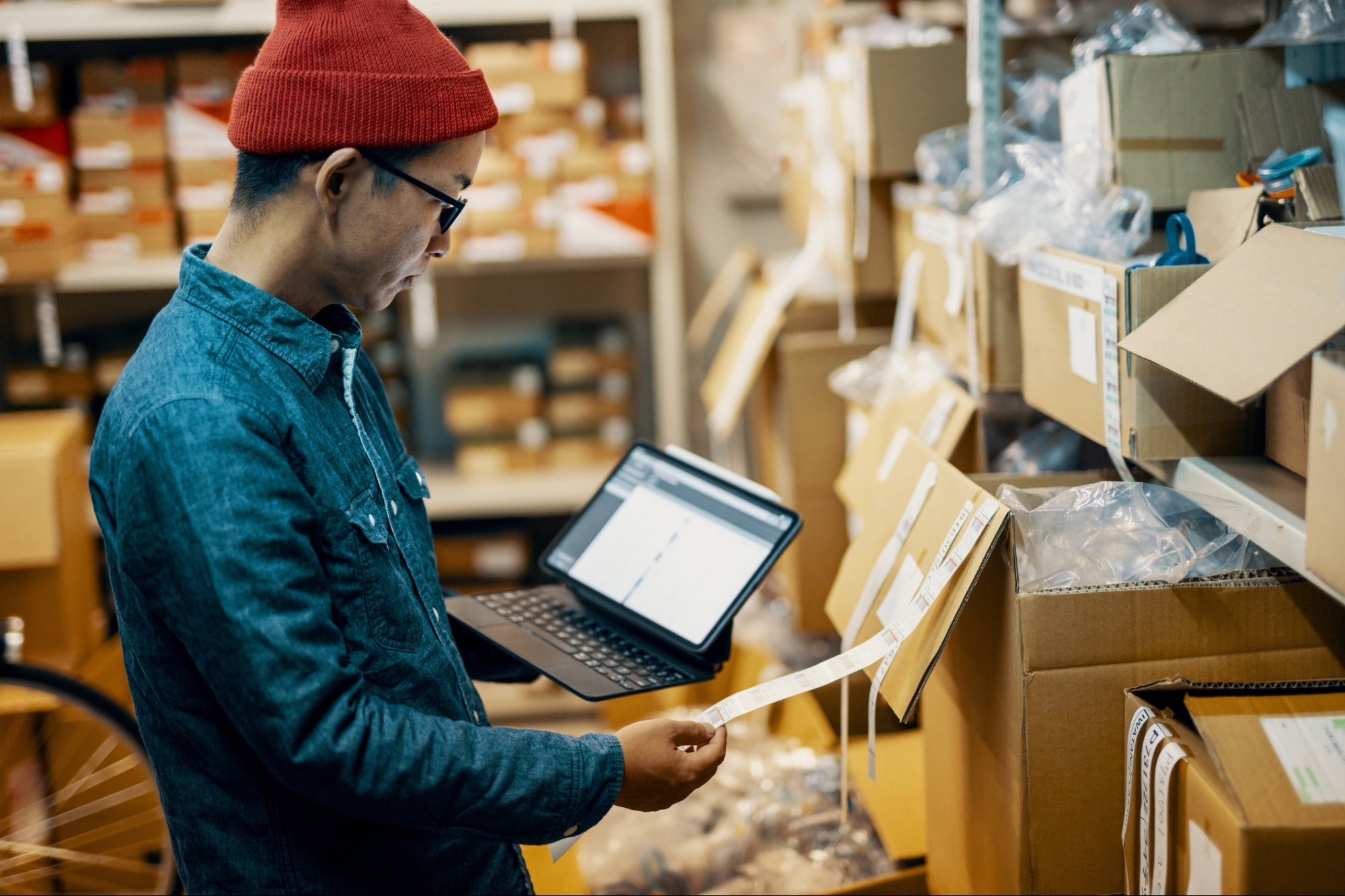4 Actions for App Developers to Avoid Common User Experience Mistakes Bigger screens are coming; in fact they're already here. Are you ready?
By Rahul Varshneya Edited by Dan Bova
Opinions expressed by BIZ Experiences contributors are their own.

Every other week, news of a new app rocketing up the popularity charts raises the bar on user experience. Those users are experiencing better and better ways of doing the same things they've been doing, and they're discovering new methods for those tasks which have an almost-negligible learning curve.
Related: You Can't Afford Any of These 4 Mobile App Design Mistakes
Does your app fit into this category? App developers like to focus on the big picture when it comes to usability or user experience. But there are still little things that are quite bothersome if not done right.
The following actions are those that a lot of app developers tend to ignore, at their peril. But, done right, they will help you avoid mistakes and ensure that your users complete their tasks and use your app with ease.
1. Adapt the keyboard to relevant text input
The keyboard space on the phone is limited. You can't really pack in all the keys of a laptop or a desktop computer on the visible screen. The user often has to tap on the shift or number keys to activate numbers and special characters.
So, why not make it easy for them to input text while filling out forms on your app, by activating the relevant part in the keyboard based on the input field? For example, many apps make the mistake of not placing the "@" symbol in the keyboard layout where the user is prompted to input his or her email address.
Similarly, when the user is prompted to input a phone number or any other number, automatically invoke the numeric keyboard in that input field.
2. Ensure ease of last-screen access.
Apple, notably, recognizes this as a usability factor that helps users quickly get back to the last app accessed. In the latest OS versions, if you access another app from within the existing one (for example Safari from your mail app), you'll see that the top of the screen has a link you can tap to quickly return to the mail app once you're done with the Safari app.
Similarly, when people go through several screens in your app, they tend to forget what they accessed last, let alone what they accessed two taps back. By keeping track of your users' last navigation, you can quickly take them back to whatever they last remember (or don't) doing in the app.
Related: Responsive Website or Mobile App: Do You Need Both?
3. Maintain speed of access.
People want things instantly now -- haven't you noticed the proliferation of on-demand startups? Don't make users wait when using your app as they go from one screen to another or fetch data from the server.
Instead, make use of data caching to ensure load times. One of the biggest mistakes I see many apps make when they're relying on data coming from the server is that each time a user accesses his or her app, the data is fetched fresh.
This is a problem because if the user isn't connected to data or wi-fi, or if the connection speed is slow, and the user wants to quickly access the app, this will not be possible. If the last accessed data is cached in the app, it won't throw up a blank screen for the user.
4. Plan on accessibility for larger screens.
Screen sizes are only getting bigger. Even resistant Apple has starting giving way, starting with iPhone 6. Our hands and fingers, on the other hand, aren't catching up to this growing trend!
That calls for a usability challenge, considering that most users who access apps with one hand find it difficult to reach the top portions of an app. That problem will only worsen once the navigation buttons are placed in that location.
Of course, Apple has a solution to that problem through its reachability setting, which allows the user to double tap (not press) the home button to bring the entire screen down. And that lets users access the app's top navigation; but why would you want to rely on the device manufacturer to provide for a great user experience for your app?
So, keep up with the times: Design your app keeping a bigger screen in mind, along with the accessibility factor for your navigation and top-level interactive content.
Related: 7 Resources That Can Help You Create a Stunning Mobile App Design












